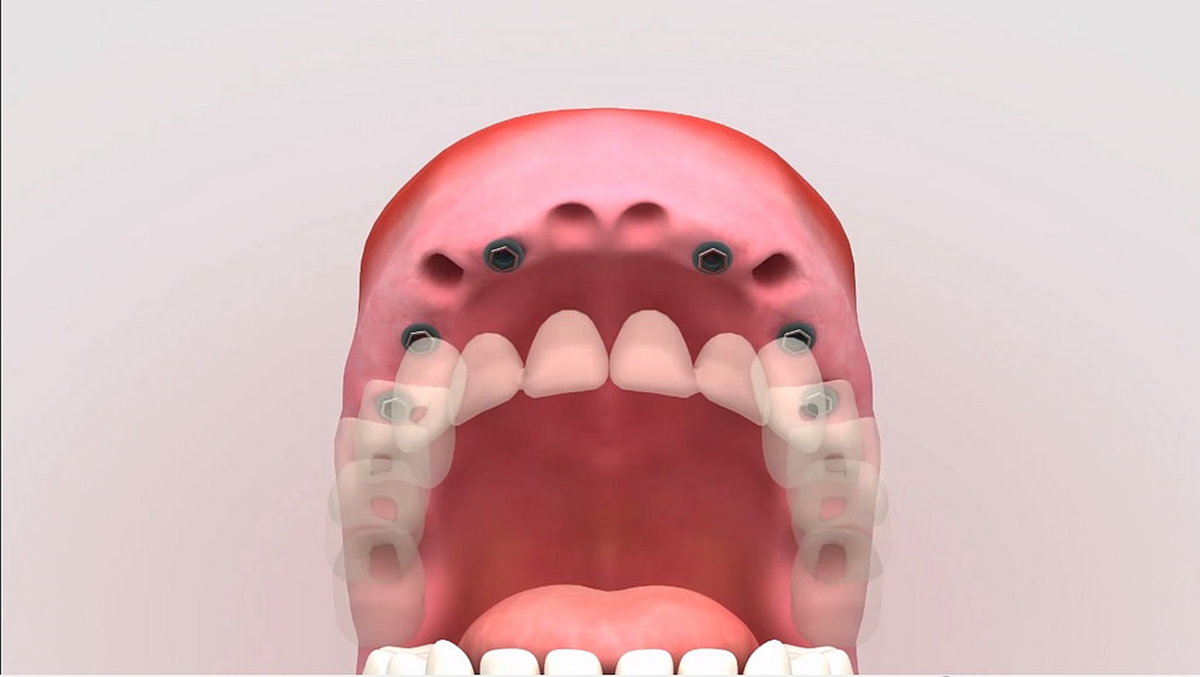Table of Contents
Relining The Old Denture
There is a large population of people around the world who are perfectly happy using their conventional denture and have no interest in getting implants. Their only complaint is that the fit of their dentures is not what it used to be. These people are often those who have been wearing dentures successfully for a long time, sometimes as much as a decade.

For such people, the option to get their dentures relined is a good option.
Relining or refitting the denture involves a relatively straightforward process in which extra material is added to the existing denture to try and fill any voids that may have appeared over time. This can be done in two ways.
READ Dental Implants Surgery: The Pros And Cons
The first is a chair-side relining technique which is quick but short lasting. Here the existing dentures are filled with a quick setting material that attaches to the dentures and then used to take impressions inside the mouth.
This additional material will flow wherever the gaps were and should, in theory, improve the fit of the denture. This is a good option for people that have been given a temporary denture up until their jaws are ready to receive a final prosthesis like soon after a series of extractions.
The other option is to get relining done that is done in the dental laboratory. This is where the initial denture was also fabricated. The procedure involves recording impressions with the denture in place and then sending this denture to the laboratory.
The technicians will then add permanent material to the denture to improve the fit of the dentures. Relining is an excellent option to increase the life of an existing denture provided it is still considered usable by the doctor.
For example, the teeth of a denture too may get worn out with constant use and this not something that is usually repairable.
Certain dentures require "re-basing", which is basically an extension of the relining procedure in cases where the change in dimension is excessive.
READ Dental Implant Prostheses: What Is The Best Choice?
Denture Adhesives
This may sound obvious and something that patients would have tried prior to anything else but it is often noted that patients are not aware that these denture adhesives exist and the difference that they can make.
For a denture that is well made or well maintained but resting on a bone that is very low in height, denture adhesives can be a good adjunct to help make the patients feel more comfortable.
Conclusion
Treating loose dentures can be a complicated thing for the doctors particularly if the patients are not willing for dental implants. The frequency with which dentures become loose also varies and so some individuals may require relining frequently while others may not require it for a decade or even longer.
If all of the above-mentioned methods fail then the patient may have to start from scratch and get a new denture made. Sometimes this can be the most time saving and long lasting treatment for loose dentures.
- www.webmd.com/oral-health/guide/common-denture-problems#1
- www.deardoctor.com/inside-the-magazine/issue-13/loose-dentures/
- Photo courtesy of sandervds: www.flickr.com/photos/sandervds/3483682854/
- Photo courtesy of sandervds: www.flickr.com/photos/sandervds/3483682854/
- Photo courtesy of com_salud: www.flickr.com/photos/com_salud/21155810804/


Your thoughts on this